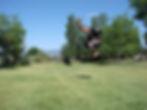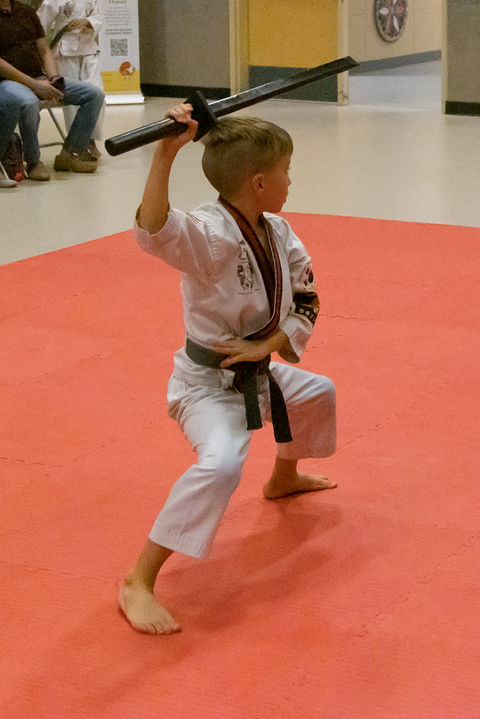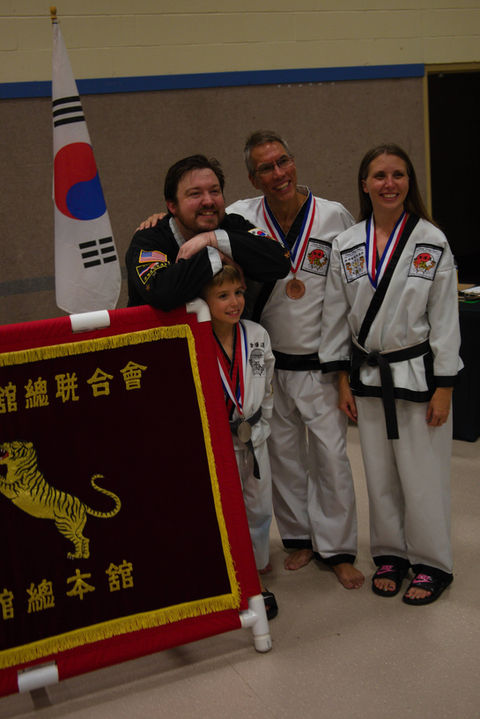Kirkland School
Northgate School

History & Lineage
Kom Doe has roots in both the Japanese Samurai sword tradition and Korean martial arts. While it draws from the precision and discipline of Kenjutsu and Kendo (sword arts practiced by the Samurai), it also reflects the Korean approach to sword practice, emphasizing fluidity, internal strength, and harmony between movement and breath.
In Oom Yung Doe, students train with bamboo, wooden, and metal swords in progressive stages, sharpening both body and mind.
Kom Doe has a long tradition as the martial art of the Samurai, rooted in the centuries-old practice of Kenjutsu, the battlefield swordsmanship of feudal Japan. Developed for real combat, the techniques were designed to end a fight in a single cut, demanding total focus, speed, and precision.
Over time, this evolved into more refined and disciplined sword arts like Iaido and Kendo, emphasizing awareness, control, and presence of mind.
The movements are clean and efficient, direct from one point to another with offensive and defensive techniques flowing in all directions. Practitioners are trained to maintain strong eye contact and body awareness while reading and reacting to an opponent.
In Oom Yung Doe, Kom Doe is more than just sword practice. It's a way to unify thought, movement, and breath. Over time, students learn how to move with clarity, act with intention, and carry a quiet confidence into whatever they face.
Whether you're training for health, skill, or discipline, Kom Doe offers a unique path to develop both the body and the mind.

Kom Doe
( Samurai Sword )

"I used to go to a gym, but that got boring. Then I tried out this place and haven't regretted it for a second. The instructors -- patient, thorough and providing personalized instruction -- make sure everyone improves.
It's a unique mix of martial arts, self defense and mindfulness that challenges the brain as much as the body.
Highly recommend their adult classes and the women's only self defense class."
- Carolyn H. ⭐️⭐️⭐️⭐️⭐️
About the Style
Kom Doe (Samurai Sword) is the practice of the traditional Samurai Sword. Known for its precision and power, this style challenges the practitioner to unite mind, body, and weapon.
Movements are sharp and exact, performed in all directions, with an emphasis on correct form, blade angle, and timing.
Through repetition of blocks, cuts, and partner drills, students develop a deep connection with the sword - not just physically, but mentally.
Kom Doe training follows three distinct stages based on the sword used:
-
Kom Doe Chae (bamboo sword): builds strength and shapes the foundation of correct blocks and cuts.
-
Kom Doe Muk (wooden sword): sharpens accuracy and body alignment with the blade.
-
Kom Doe (Katana): an unsharpened steel blade used to train precision, discipline, and control at the highest level.
Each level of training brings new physical and mental challenges that build toward true coordination, presence, and internal strength.
What It Develops
-
Mental Focus
Every strike in Kom Doe requires full awareness, not just of your movement, but of blade angle, breath, timing, and distance.
By extending your attention beyond your body and into the sword itself, you sharpen the mind and build the kind of focus that carries into daily life: work, school, driving, decision-making, and more.
-
Precision and Coordination
Samurai Sword practice links the entire body into one fluid movement. A properly executed strike lands the moment your foot does. This timing builds full-body coordination while also improving reaction time, spatial awareness, and fine motor control.
-
Internal and External Strength
The practice of Kom Doe naturally builds strong shoulders, arms, wrists, and back - while also improving flexibility in the upper body.
As the movements become faster and sharper, students develop deeper internal strength and the mental stamina to stay present under pressure. Repetition trains discipline, while the sharpness of the sword demands respect and control.
-
Confidence & Presence
Training with a sword demands posture, timing, and decisiveness.
As students gain skill, they carry themselves differently, upright, focused, confident. The practice develops a calm presence that shows up not just in the dojo, but in everyday life: whether walking into a meeting, standing up for yourself, or protecting those you care about.

OOM YUNG DOE
Oom Yung Doe schools located in Kirkland, Northgate and San Diego are managed
as part of the Oom Yung Doe USA 501(c)(3) nonprofit organization.
Donations made are tax deductible to the extent allowed by law.
Our Federal Tax ID under the name Oom Yung Doe Kirkland is 82-2858274.



























